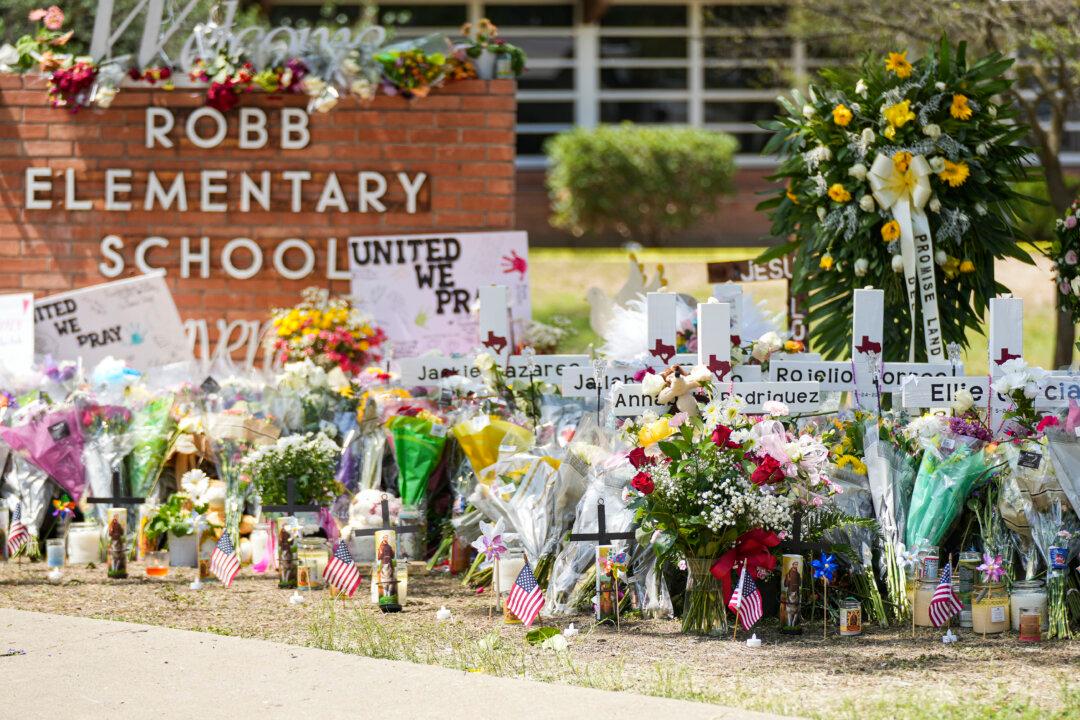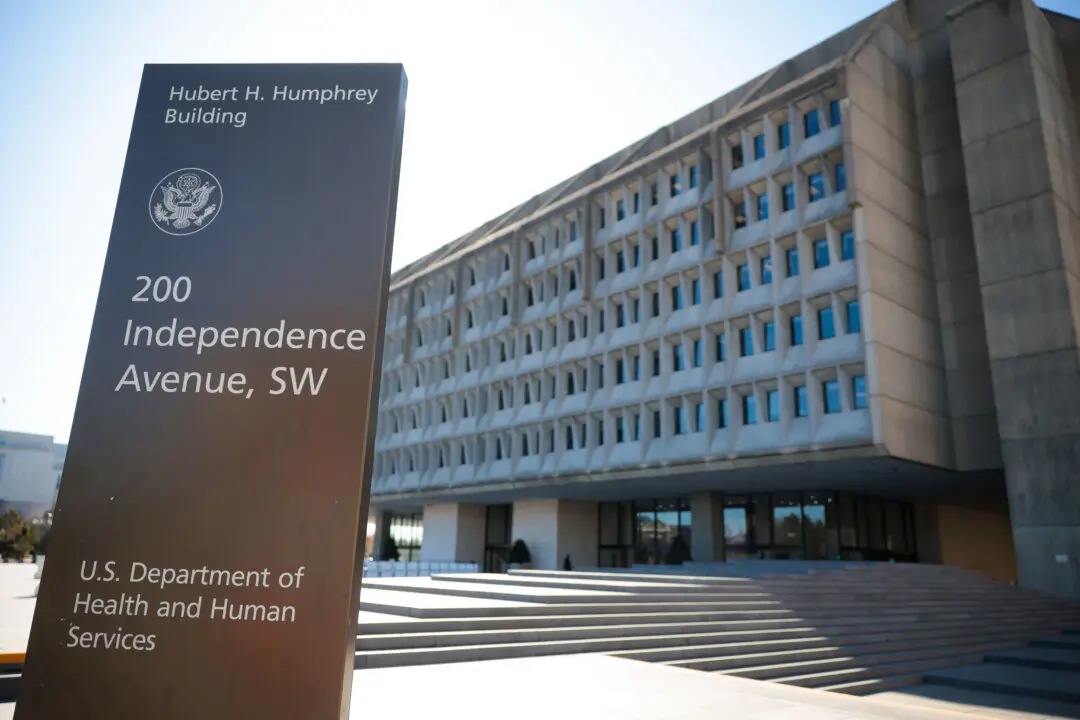Police officers in Texas chose not to shoot a man with a gun on the campus of an elementary school because of concerns they would strike children, according to an officer involved in the response to the situation.
The shooter at Robb Elementary School in Uvalde engaged with two Uvalde Police Department officers outside of the building the shooter later entered, Ricardo Rios, chief deputy of the Zavala County Sheriff’s Office, told the New York Times.





